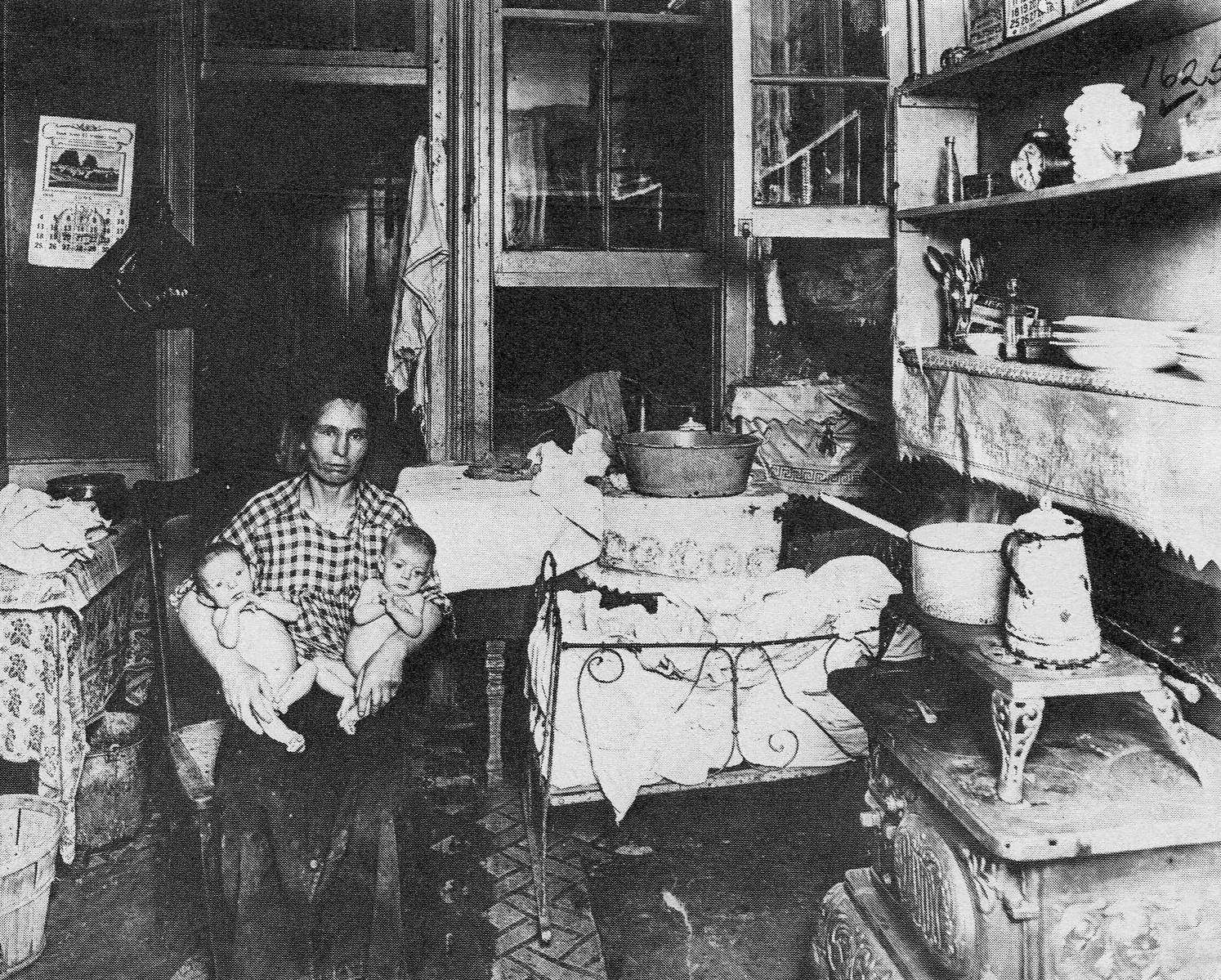 The United States became a world leader in manufacturing between 1812 and 1920. This caused major shifts in urban planning especially since the factory was the very heart of industrialization. As the authors state in The New Urban Sociology: “industrialization, therefore, produced the factory town or community that contained workers’ families and houses, machinery, and energy sources, all within close proximity” (Gottdiener and Hutchison 109).
The United States became a world leader in manufacturing between 1812 and 1920. This caused major shifts in urban planning especially since the factory was the very heart of industrialization. As the authors state in The New Urban Sociology: “industrialization, therefore, produced the factory town or community that contained workers’ families and houses, machinery, and energy sources, all within close proximity” (Gottdiener and Hutchison 109).Industrialization also influenced the way cities appealed to others. Cities attracted working class families but also attracted immigrants from all across. Population influx raised the demand for housing. Due to such high demand in housing, tenements began to be constructed. Tenements were constructed with the goal to have as many families housed under one roof. Luc Sante highlights tenement conditions as confining “horrific unsanitary conditions” and full of “dire conditions” (113). Now picture this tenement (if you cant… well there’s a picture on the upper right), despite such conditions, many industrial workers lived in these tenements because it was affordable compared to other housing.
So then in 1916 in East Chicago, Indiana, this man named Clayton Mark started building a steel mill. He knew that many industrial workers were living in tenements or the slums and thus wanted to create housing opportunities for his workers. How nice, right? Well, his decision to build housing for his workers did not just come from the kindness of his heart but instead from a more strategic standpoint. He was part of this elite businessmen committee and studies sponsored by that group showed that there was constant turnover in industries because of poor housing conditions and workers constantly wanting to move to areas with better housing conditions for their families. So really, Clayton Mark was just trying to see what would bring the most capital. Mark then decides to contact the architect, Howard Van Doren Shaw, to build this community around the mill. Thus Marktown is born. Sidenote: Mark had told the workers that if they stayed with the industry for 5 years, they would have discounted housing.
Unfortunately, due to financial difficulties, Mark’s industry fell through and was bought out by other industries. So, I guess so much for a deal, right? I was able to visit Marktown last summer.
What is interesting about Marktown is that this community was built following criteria that industrial workers had filled out (the same report funded by Mark’s group), thus this was the “ideal” community for these workers. However, the criteria was never fully met due to financial difficulties and the industry being bought out. One of the main problems with industrial development and rapid growth of cities was the very fact that housing conditions were really bad. Like, really bad. It’s often hard for us to imagine these poor housing conditions now but I mean just go back to the idea behind tenements. Those who built tenements were taking advantage over the increase of population and thus wanted to house as many people as possible. The cost to live in these tenements was also outrageously high (especially for what you were paying for). Industrial cities were thus built, for example, in order to create less turnover of individuals and constantly have to train new workers. Housing in urban locations is important to examine in order to see motives behind these conditions or locations and thus see how that plays into the larger system. So, really, what I’m sayin’ is that tenements and industrial cities were part of the larger system of capitalism.
Marktown | Marktown Detailed History | Marktown Article 1 and 2 |

No comments:
Post a Comment